Upcoming Events
“Cambodia has various public holidays – many of which are based on religious observation. In order to fully appreciate the meaning of these feast days have a perusal through the public holiday”.
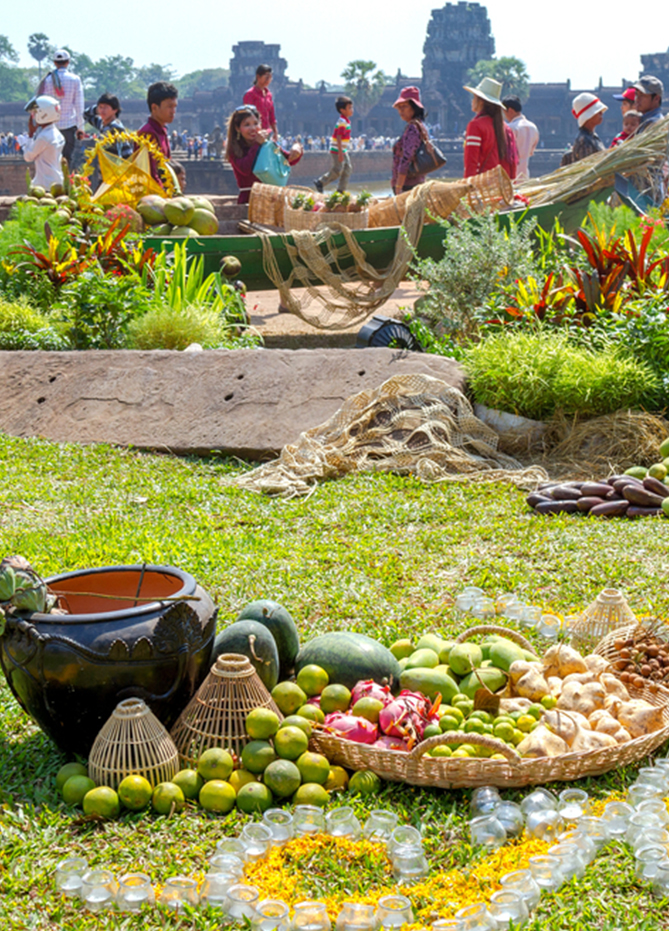
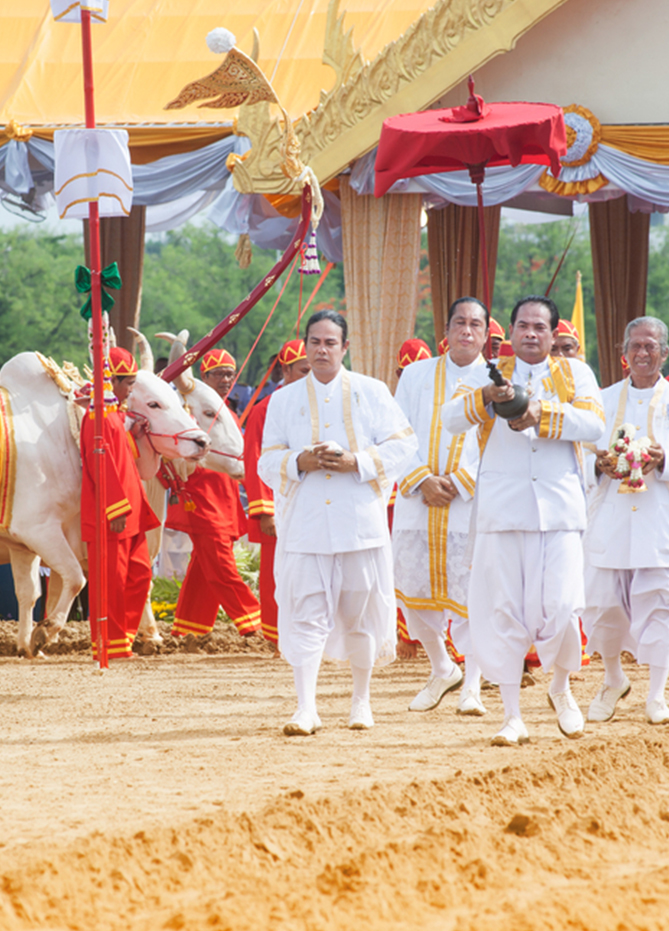

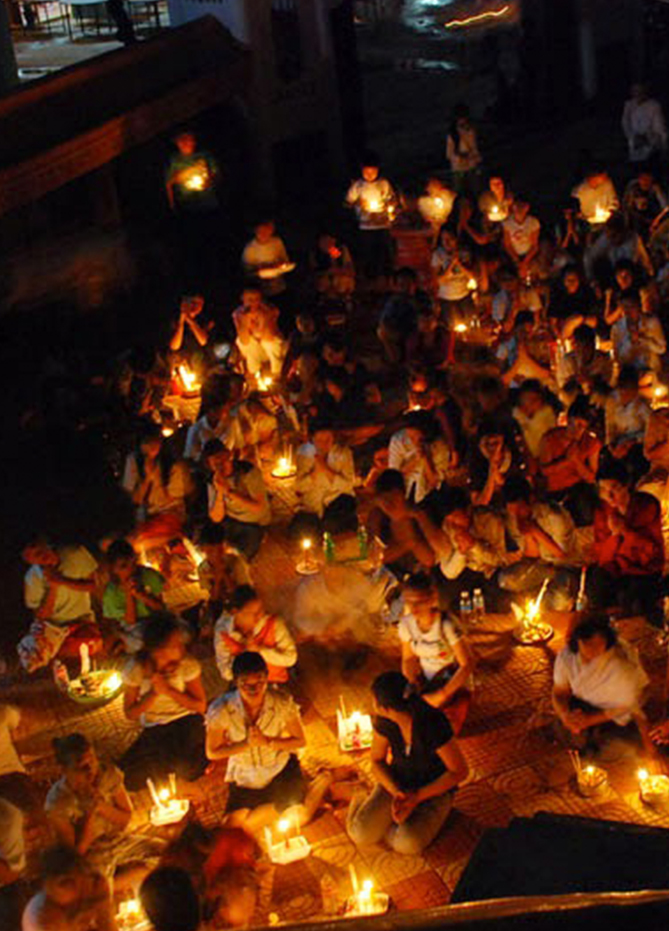
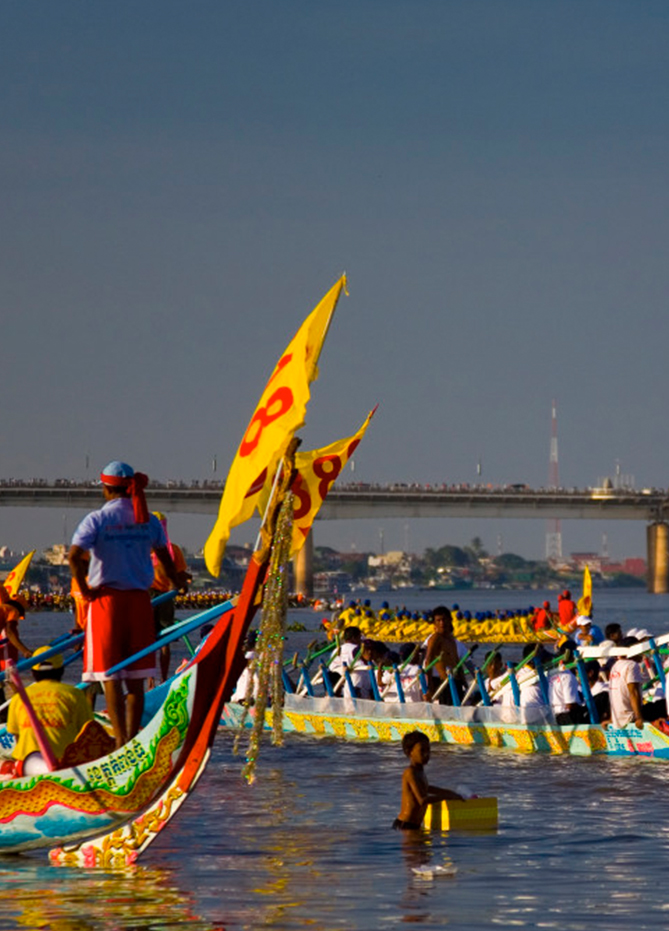
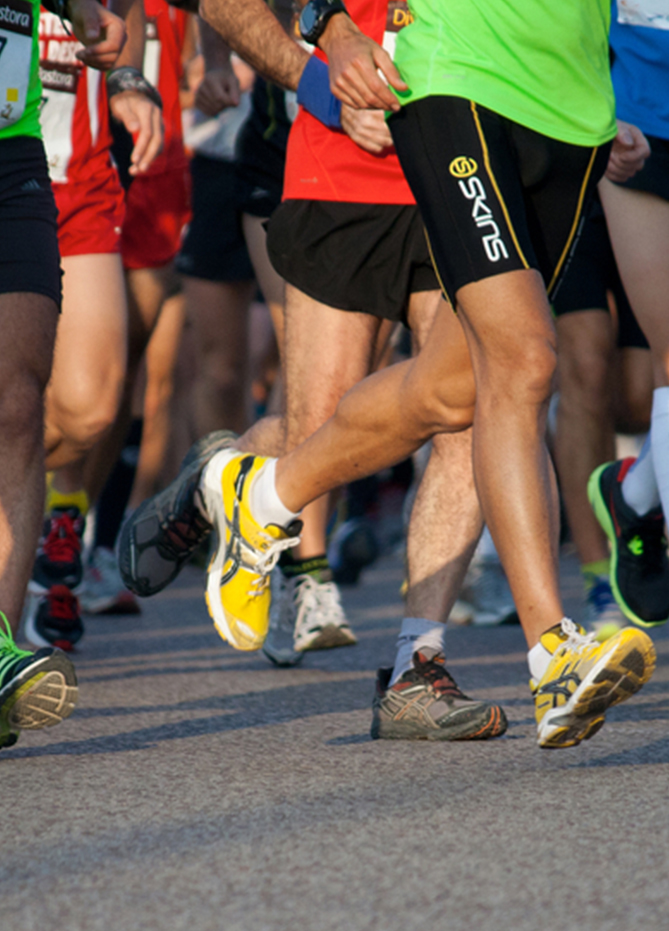
“Cambodia has various public holidays – many of which are based on religious observation. In order to fully appreciate the meaning of these feast days have a perusal through the public holiday”.






A successful hotel is something beyond its location, its décor or its amenities. A successful hotel is a place where you are cared for so well that you want to come back again and again as guests or grow your career as employees. Our best and most talented people play the most critical part in providing emotional luxury personified by thoughtful, welcoming, graceful and charming hospitality, creating an oasis for the well-travelled guests.
Currently, we are looking for potential candidates to join Grand Elysee team with following vacancy positions below:
CONTACT INFOMATION
Official address: Wat Thmei, Kouk Chak, Siem Reap 17000 – Cambodia
Mobile : +855 77 916 668
Email : booking@gradvenuslaresidence.com
Official Website : www.grandvenuslaresidence.com
Closing Date: 30/08/2017
An experience to explore… a trail to treasure… Grand Venus La Residence offers unique experiences that take you into the heart and soul of Siem Reap – Kingdom of Wonder. Harnessing their knowledge of all thing local, our Leisure Concierge team has crafted a series of bespoke destination experiences, weaving together discoveries of Siem Reap and other places with our guests’ varied interests.
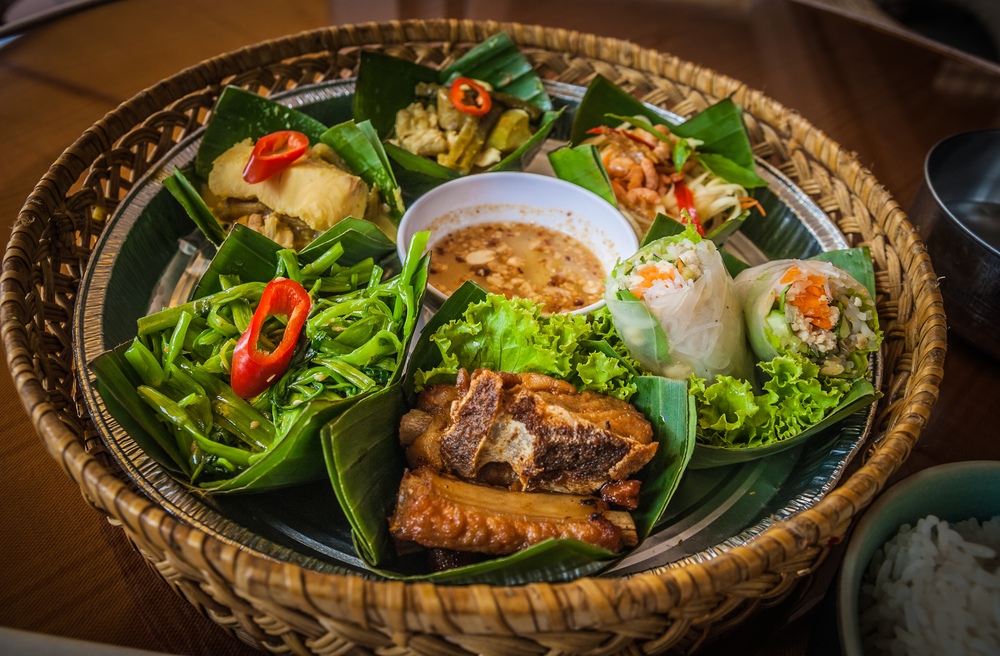
Gain a new sense of taste as you rediscover the wholesome, nurturing flavours of unprocessed ingredients. Grow you awareness of sustainable farming which is sure to stimulate your appetite for a healthier, balanced lifestyle.
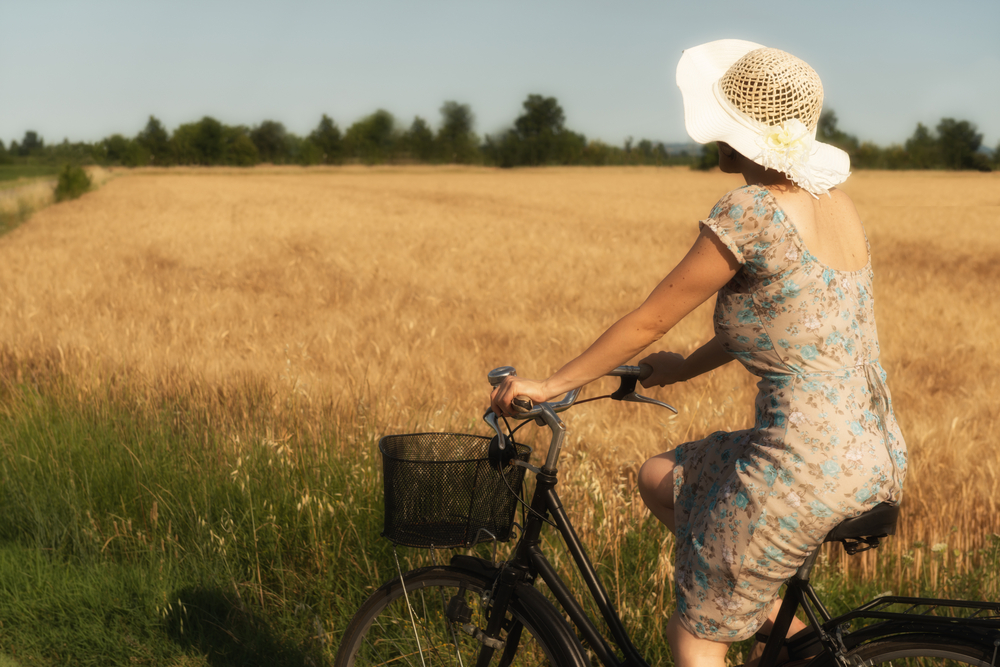
Following the Ancient Royal Way through the heart of the countryside, discover the secrets of remote less -tourist temples, explore hidden forest trails and discover the talents of Cambodia’s craftsmen and women. Discover the Cambodian countryside by bike. This tour passes through traditional. villages of wooden stilt houses.

Siem Reap Quad Bike Adventure brings you to the authentic and unique
beauty of Cambodia which is hidden and unexposed to the world. Freshness
and greenery of remote and undisturbed countryside and villages, friendly and
smiley people with the sense of welcoming, schools, local. orphanages, homes
on stills, active Buddhist monasteries along the community,…

See the Jungle through the eyes of a Gibbon (Flight of the Gibbon)
Getting back to nature has never been so exciting or secure. Explore pristine 1500 year old rainforest from high in the treetops. From ziplines to sky bridges to platform lookouts to abseiling down from tall trees, we explore serval kilometers of rainforest. Only 30 minutes from Siem Reap,…
Situated near the famous temples of Angkor, Siem Reap has become a prosperous tourist town. But other than visiting the amazing Angkor temples, what else is there to do? Fortunately there are a myriad of activities you can enjoy in Siem Reap. From sports such as golf and cycling, to learning activities such as cooking and ceramics classes, to off-roading with dirt bikes and quads, to horseback riding, to bird watching, to enjoying a relaxing massage, the list goes on.






Cambodia is located in the heart mainland of Southeast Asia, which conjures images of a glorious and mysterious past and rich of the cultural heritages, particularly the world’s renowned ancient temple city whose magical image draws ever-increasingly tourists from all over the world.






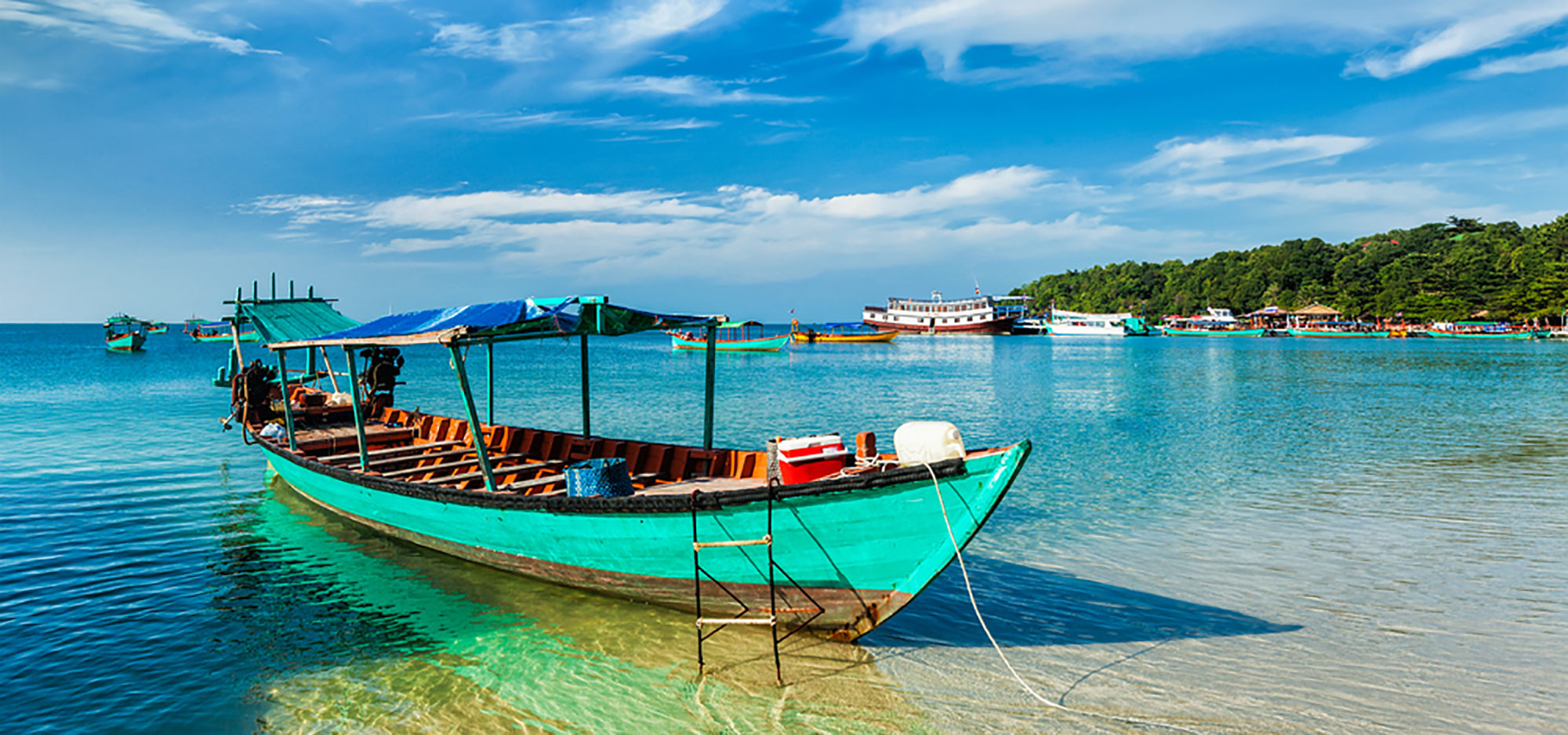



Situated near the famous temples of Angkor, Siem Reap has become a prosperous tourist town. But other than visiting the amazing Angkor temples, what else is there to do? Fortunately there are a myriad of activities you can enjoy in Siem Reap. From sports such as golf and cycling, to learning activities such as cooking and ceramics classes, to off-roading with dirt bikes and quads, to horseback riding, to bird watching, to enjoying a relaxing massage, the list goes on.







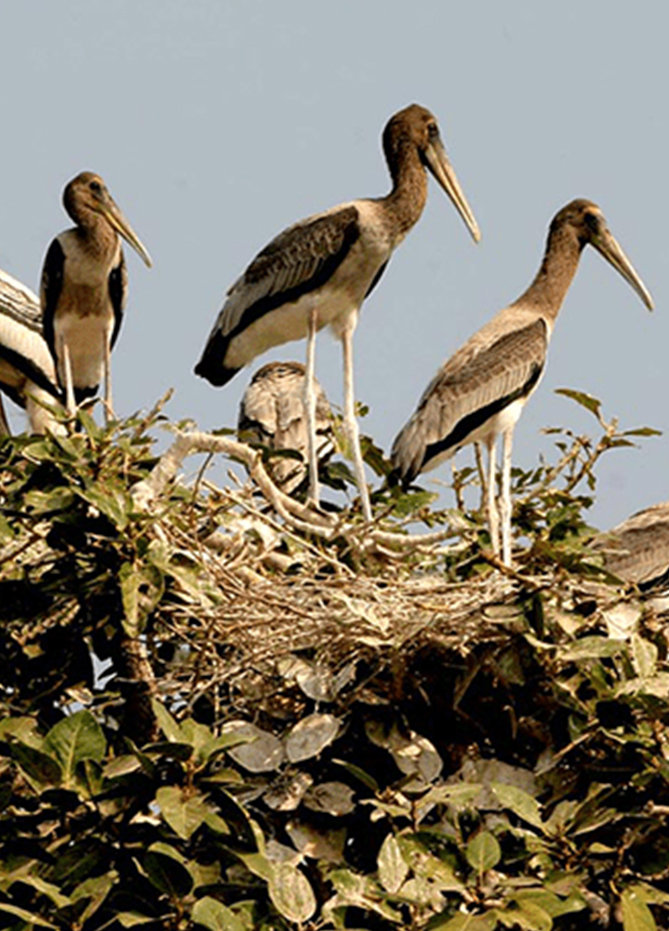

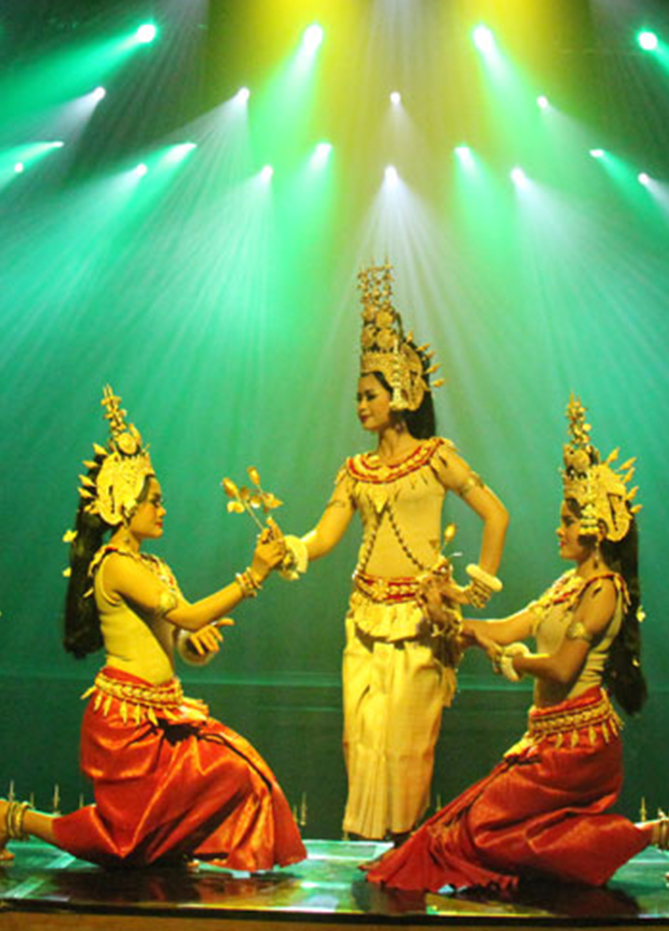




Source from Tourism of Cambodia
The town of Siem Reap, in northern Cambodia, is the primary access point for the Angkor Archaeological Park. The name Siem Reap literally means “Siam Defeated”. These days, however, the only rampaging hordes are the tourists heading to the Angkor Archaeological Park.
Cambodia, also known as Kampochea, is a country located in Southeast Asia that is bordered by Laos, Vietnam, and Thailand. Covering an area of about 181,035 sq km, Cambodia is about half the size of Vietnam. The capital of Cambodia is Phnom Penh and has the distinction of also being the largest city.
A low-lying alluvial plain in the center of Cambodia makes up most of the country, although in the South there is the Mekong Delta. There are several mountainous regions, one of which forms a border along the coastline with another separating Cambodia from Thailand.
An estimated 85-90 percent of the population lives in rural areas. Ethnically the population consists of about 90 percent Khmer, 5 percent each of Chinese and Vietnamese and small numbers of hill tribes (Chams and Burmese). Khmer is the country’s official language. It is spoken by more than 95 percent of the population. French, as a second language Ian a is also spoken, mostly by older people. English is more commonly spoken by the younger generation.
The Cambodian population presents several important features. First, due to the baby’ boom after 1979, it is a young population with at least half (50% according to some sources, more according to others) under 18 years of age now. Secondly, the proportion of women in the adult population is high, 56% of those who are 18 years old or more being females. Also as a result of the war, there is a rather high proportion of women-headed household; at least 25% according to UNICEF.
Cambodia and Laos’ populations are dwarfed by those of Vietnam and Thailand, and average population densities in the smaller countries are much lower than in Vietnam. Even the very densely populated areas in Cambodia do not have such a concentration of population as can be found in the Red River and Mekong River Deltas in Vietnam.
The population of Cambodia is 12,491,501 (2001 estimate). Population growth per year is estimated at 2.3 percent, one of the highest rates in Asia. The rate of infant mortality is also high. The population density is 69 persons per sq km (179 per sq mi), with the densest concentrations on the heavily cultivated central plain. The mountainous regions of the country, where malaria is widespread, are thinly populated, as are the poorly watered northern provinces. During the late 1970s, under the brutal rule of the Khmer Rouge, all of Cambodia’s towns were depopulated, and residents were forcibly relocated to rural areas. A process of reurbanization began in the 1980s.
Throughout Cambodia’s history, religious principles guided and inspired its arts. A unique Khmer style emerged from the combination of indigenous animistic beliefs and the originally Indian religions of Hinduism and Buddhism. These two religions, along with the Sanskrit language and other elements of Indian civilization, arrived in mainland Southeast Asia during the first few centuries.
The climate can generally be described as tropical. As the country is affected by monsoon, it is hot and humid with an overage temperature around 27.C (80.F). There are two distinct seasons: the Rainy Season and the Dry Season. However, the Dry Season is divided into two sub-seasons, cool and hot. These seasons are:
Cambodia’s economy grew rapidly, at more than 8 percent per year, between 2004 and 2012. GDP growth slowed during the global economic downturn in 2008-09 and then picked up again to reach a four-year high of 7.3 percent in 2012. The economy is expected to grow at around 7 percent in 2013, driven by strong exports, private investment and agriculture, and underpinned by a solid macroeconomic position. Economic growth broadened over the past few years, thanks to sustained growth in the agricultural sector, driven by increases in rice prices in global markets.
Poverty in Cambodia has fallen sharply. World Bank estimates suggest that Cambodia achieved the Millennium Development Goal (MDG) of halving poverty in 2009. However, a vast majority of families who were lifted out of poverty were only able to do so by a small margin. Today, the poverty rate is 20.5 percent. Still about 2.8 million people are poor, and about 90 percent of them live in the countryside.
The official currency in Cambodia is the Riel which come in denominations of 100, 200, 500, 1000, 2000, 5000, 10000, 50000 and 100000 notes. However, in the major towns and cities, US dollars can be freely spent though travelers are recommended to use smaller denomination notes as change may be difficult.
Most places will refuse old, tatty or damaged US bills. Due to the economic problems in the region, the currency has slipped from 2500 Riels to 3700-3900 per one US dollars (at the time of this writing), meaning Cambodia is an even better value for money tourist destination than before. Popular local and international currencies can be exchanged openly and freely. Major credit cards are only accepted in a few places so traveler cheques or cash are recommended.
Theravada Buddhism is the prevailing official religion in Cambodia and approximately ninety percent of the population is Buddhist. Islam, Hinduism and Christianity are also embraced in Cambodia.
Cambodian culture and tradition have had a rich varied history dating back many centuries. Over the years, the people of Cambodia developed a set of unique tradition from the syncretism of indigenous Buddhism and Hinduism.
Cambodians have been raised to respect their culture and are very traditional in their way of life. Tourists will see the well mannered Cambodian expressing a friendly “Chumreap Suor” when they meet one.
Since Buddha statues and images represent the revered Buddha, visitors are asked to treat all such statues and images with respect, so as not to offend local people. In Cambodia, regardless of religion, the country maintains a harmonised state.